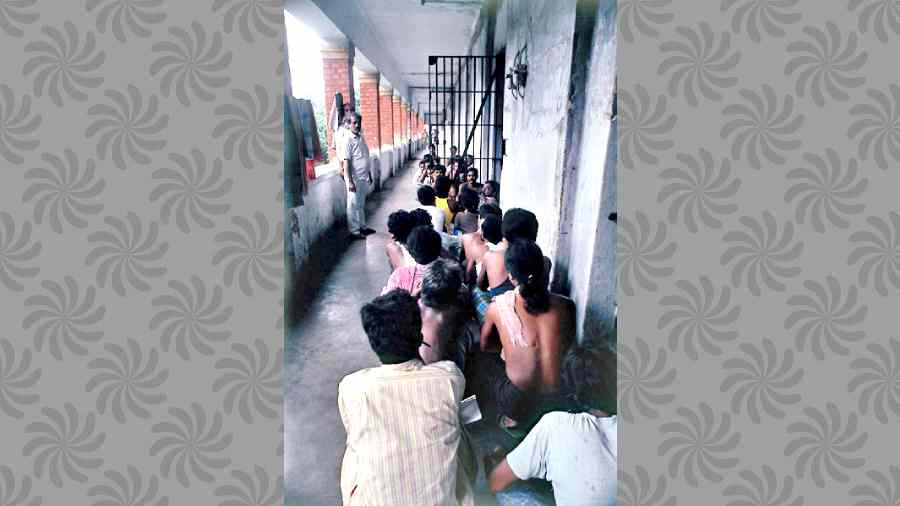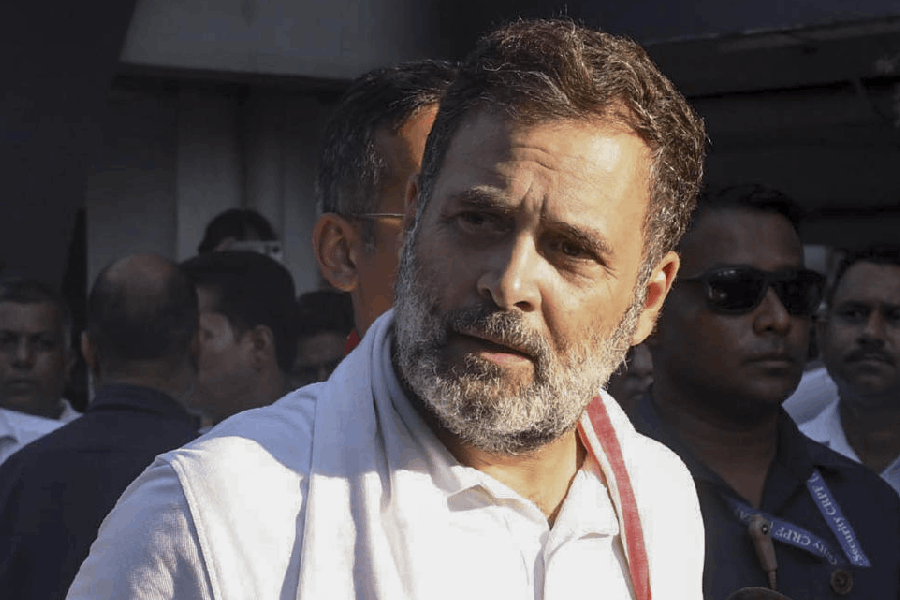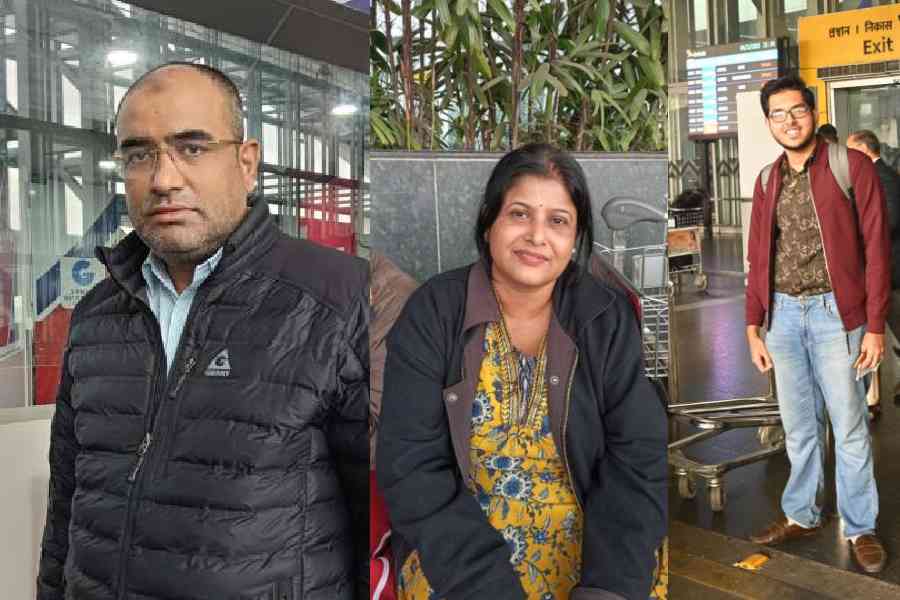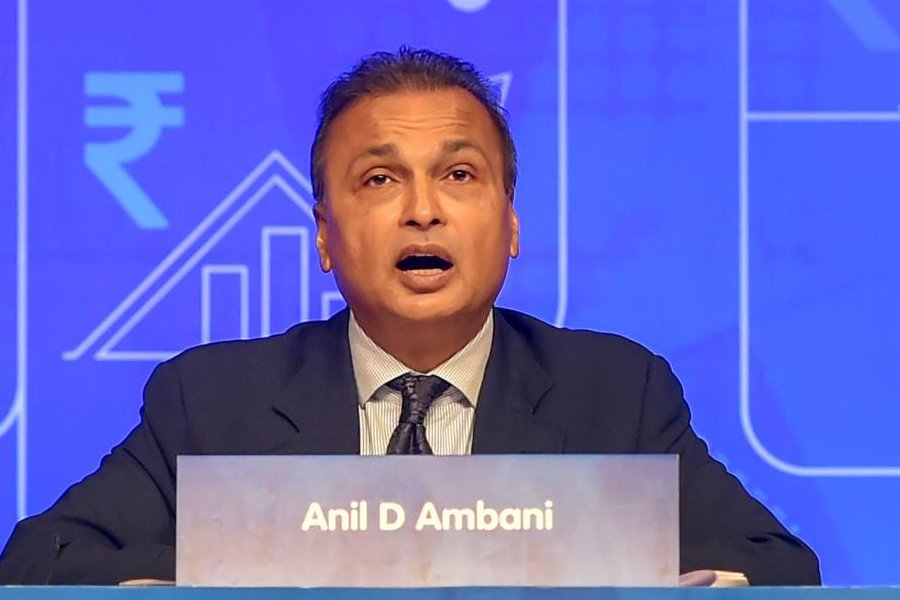India has the fourth-highest number of prisoners in the world. National Crime Records Bureau data reveal that 76.1% out of all persons held are undertrials. And out of all the undertrials, only 7.91% have availed of the facility of legal aid between 2016-2019. The chairperson of NALSA remarked at a summit last year that out of all the pending cases only 1% are under the ambit of legal aid services. Most undertrials require access to legal aid. Legal aid centres of law schools and national service schemes in non-law colleges can cultivate the civic consciousness necessary to propel access to legal aid.
The challenge of addressing the gaps in the organisational structure of legal aid can be resolved through the involvement of law students. All 23 national law universities have legal aid centres. However, their functioning remains an area of concern. Students do not see much incentive in legal aid work. In a corporatised environment, the effective implementation of UGC suggestions and Bar Council of India rules, which argue for the allocation of marks for students’ participation in legal aid, can act as an incentive. Part-IV of the 2008 rules of the Bar Council of India expanded the role of law students to witness proceedings in the office of a lawyer or in a legal aid office and record the same. However, these suggestions remain on paper without an effective implementation mechanism. It is important to note that when law schools’ legal aid clinics deal with real problems and real clients, it amounts to the integration of ‘professionalism’ and ‘reality’ with ‘academic idealism’, as has been argued by Professor Adam Babich. But the disconnect between the community and these varsities acts as a hindrance to this integration.
The legal aid committee at the National Law University, Jodhpur, offers an important case study. It adopted a village to make it free of litigations by surveying and swiftly disposing them through the district legal aid and service authority as well as special legal aid camps. It has also organised legal aid camps in Jodhpur.
But accessibility cannot be made universal with the help of legal aid clinics only. Non-law colleges can play an important role through the National Service Scheme. The NSS, spread over 37 universities with 40,000 volunteers, can adopt an area and impart education to underprivileged children.
The collaborative approach of legal aid centres with the NSS, state legal aid centres and civil society organisations can provide further impetus to the legal aid work done by these institutions. Civil society organisations working at the grassroots have been instrumental in bridging the institutional gap when it comes to legal aid. One such organisation is the Sambhali Trust in Jodhpur whose model of legal aid, particularly in matters of gender violence, can be replicated elsewhere. This template not only provides legal representation to those who need it but also trains them with skills to be employed.
During a time when institutional mechanisms are failing in the quest for justice, civic consciousness needs to be the way forward for cultivating a culture of asserting individual rights, including the right of legal representation.










